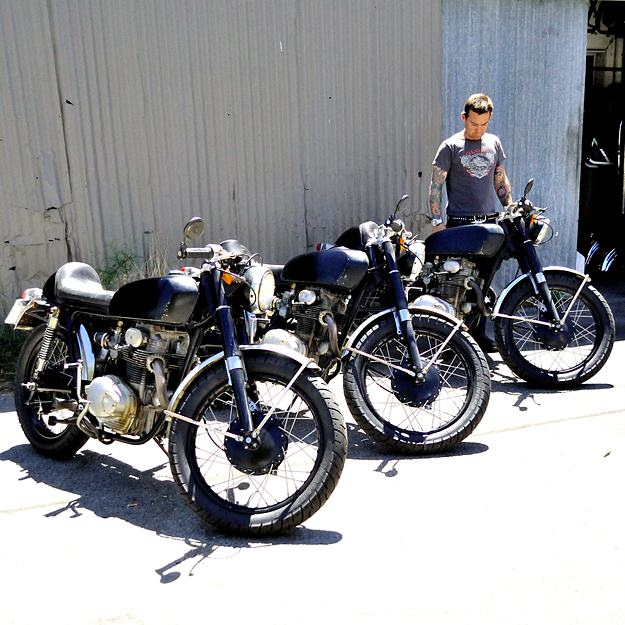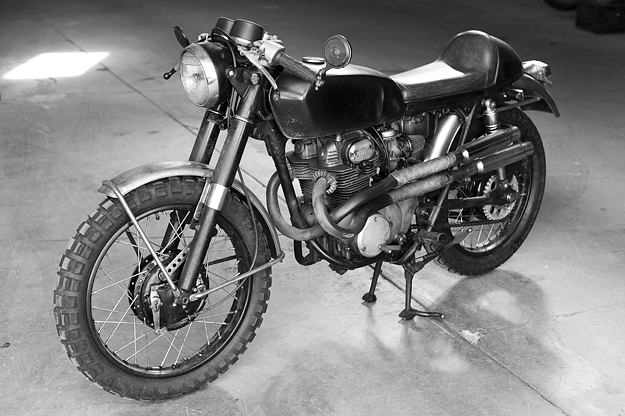
About a year ago, I finished reading the final instalment of Stieg Larsson’s “Millennium trilogy”. I found these Swedish crime novels absolutely gripping—and not just because the heroine Lisbeth Salander rides a motorcycle. In two weeks, the US movie adaptation of The Girl With The Dragon Tattoo will be released—so here’s a timely look at how the motorcycles used in the film were prepared. The job was given to Justin Kell of Glory Motor Works in LA, and it’s an insight into a rarely-seen aspect of the film-making process.

“I got the call to meet with [director] David Fincher and discuss motorcycles for a new film he was doing,” says Kell. “I bought all three Larsson books and read them in three days: the character of Lisbeth Salander is killer. As I read the books, I kept thinking that Lisbeth’s bike would be the kind of bike most 20-somethings with limited financial recourses would ride. She wouldn’t have an expensive modern bike: she would have an inexpensive older bike that would be customized to fit her personality.”
Originally, the producers considered using modern bikes. “I had to convince Fincher that we could build vintage bikes to be as reliable as modern bikes. David leaves no detail untouched: he knows that a broken motorcycle can delay production and cost the film company thousands of dollars.” Kell also had to keep the art director happy, make the bike fit the conceptual drawings, and build bikes that would start and perform whenever called upon.
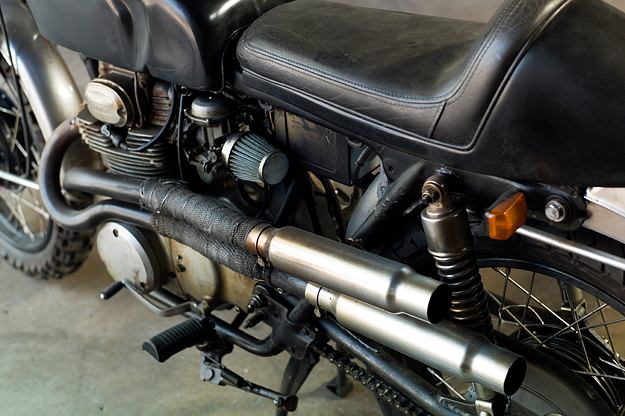
He had 30 days to find, buy and rebuild three late-60s Honda CB350s. “I went after low mileage, original machines in stock condition. We looked at updating charging systems and upgrading performance.” The script called for a lot of high speed riding, plus off-road action on ice and snow. Bikes in movies are usually started and shut down hundreds of times during a day of filming: this means that starter motors have to be rebuilt, and three-wire high-output charging systems installed.
Kell also increased the battery box size, so he could fit a higher amperage sealed battery. “The lighting is always super important in a Fincher film, so the bikes were fitted with HID lamps. All the metal parts were stripped and cleaned, and sent out for paint, powdercoating, polishing or cadmium plating. “We ended up powdercoating the wheels and using bigger gauge SS spokes. We replaced everything: new clutches, new brakes, new wiring harnesses and every fastener on the bike. The motors were torn down to the cranks, we trued the flywheels, did valve jobs and replaced pistons and rings.” The carbs were rebuilt and the fuel tanks were stripped and re-lined. Flat track style seats were installed, covered in vintage glove leather.
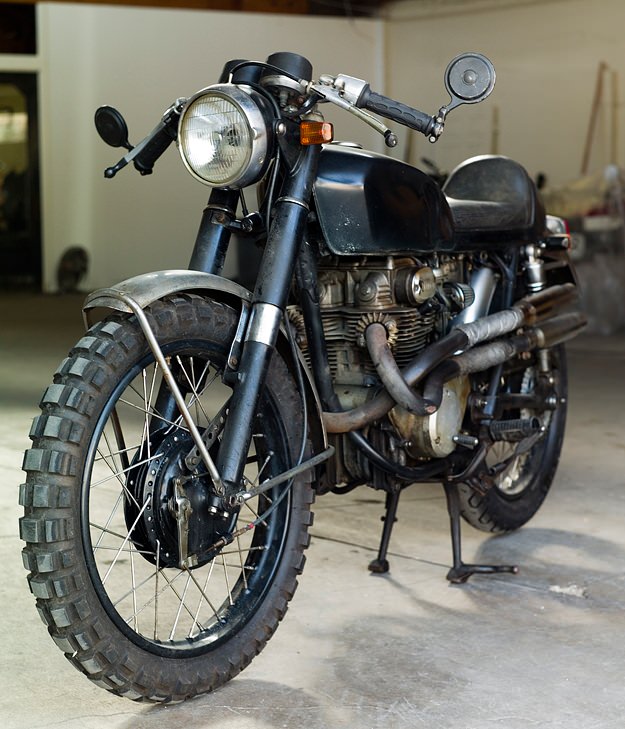
“We had to build one bike first to get the final approval from David,” says Kell. “We finished that one in about two weeks.” Fincher gave the okay to build two more bikes, and cast Rooney Mara to play Lisbeth Salander. “She was sent over to me to start teaching her to ride,” says Kell. “She had never been on a bike before, so we had to start easy. I’ve trained many actors to ride over the years, and I must say that Rooney was one of the best. She was fearless, but smart. In three days, we had her doing everything that she needed to do on camera at 35 mph.”
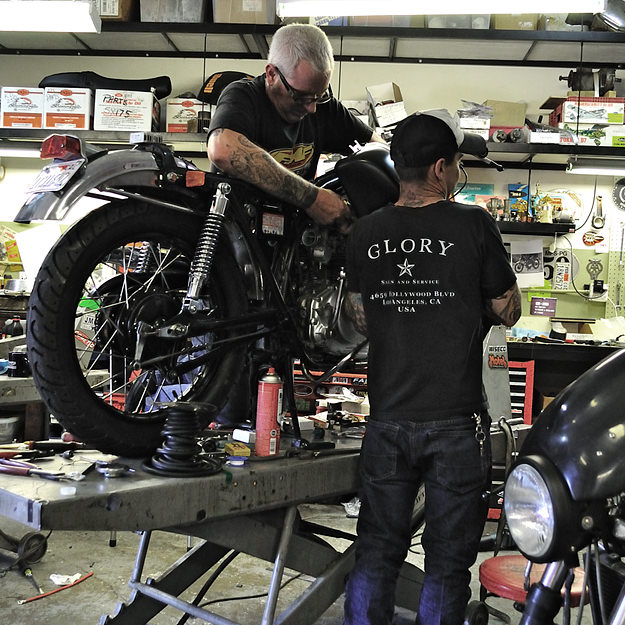
The final two weeks were “mayhem. Getting three full rebuilds together at the same time requires a lot of diplomacy and hundred dollar bills. We had 30 days straight of 16-hour days, but we finished the bikes on schedule. The day after we turned the last screw, the bikes were in crates on the way to Stockholm for the shoot.”
The bikes are now back in LA though, and Kell is tearing them down yet again—this time to prepare for the second film.
[First four images courtesy of Coop. Final two images courtesy of Jacqui Van Ham.]
